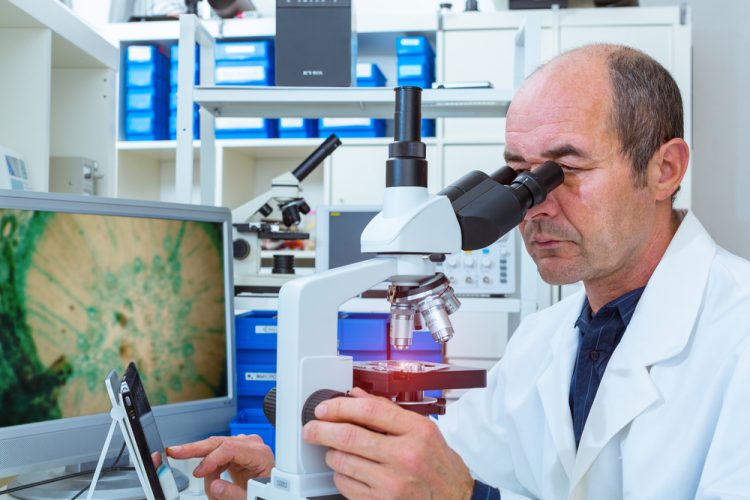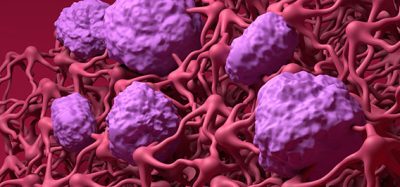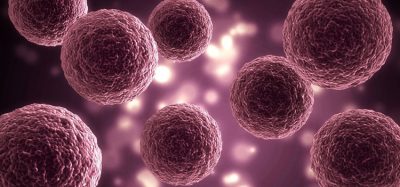Improved human brain organoids to aid neurological disease research
Posted: 7 June 2019 | Victoria Rees (Drug Target Review) | No comments yet
Researchers have grown identical brain organoids for the first time, opening avenues for neurological research.


Researchers at Harvard University and the Broad Institute’s Stanley Center for Psychiatric Research have made a significant development for human brain ‘organoids’. They used a novel method which consistently grows the same types of cells in an identical order as the developing human cerebral cortex. This new technique means researchers can now study neuropsychiatric diseases and test the effectiveness of drugs.
The genetics behind neurological conditions are complex, with large spans of the genome contributing to disease onset and progression. As human brains are distinctly different from animal brains, the discovery will significantly improve the processes of studying neurological diseases and their treatments.
Whilst researchers have previously been able to grow organoids with human brain cells, each organoid was unique. As human brains develop in uniform ways in the womb, organoids have not been used for studying diseases and brain tissues until now.
The team created miniature, 3D cell tissue cultures that replicated a patient’s own brain cells in a dish.
“We might all use our brains differently, but each of us has the same collection of cell types and basic connections,” explained senior author Paola Arlotta, the Golub Family Professor of Stem Cell and Regenerative Biology at Harvard and a member of the Stanley Center. “That consistency is crucial and, with very few exceptions, it is reproduced every time the human brain forms in the womb. There are only the smallest differences between us in terms of the cell types and structures in our brains.”
The team created organoids that were almost indistinguishable from one another even when grown for longer than six months. Given the right conditions, the organoids were healthy and able to develop enough to produce a broad spectrum of cell types.
The research marked the largest ever single-cell RNA sequencing experiment in brain organoids. The team grouped cells based on which genes were expressed at different stages. Using computational models for big data analysis, they compared each group to the cell types that develop in the embryonic cerebral cortex.
“Despite the different genetic backgrounds, we saw that the same cell types were made in the same way, in the correct order and, most importantly, in each organoid,” said lead author Silvia Velasco, a research scientist at Harvard and the Broad Institute. “We were really excited that this model gave us such consistency.”
Using the optimised method from this study, researchers could make organoids from stem cells derived from patients, or engineer cells containing mutations that are associated with specific diseases.
The findings were published in Nature.
Related topics
Drug Development, Neurosciences, Organoids
Related organisations
Broad Institute’s Stanley Center for Psychiatric Research, Harvard University, Nature
Related people
Paola Arlotta, Silvia Velasco








